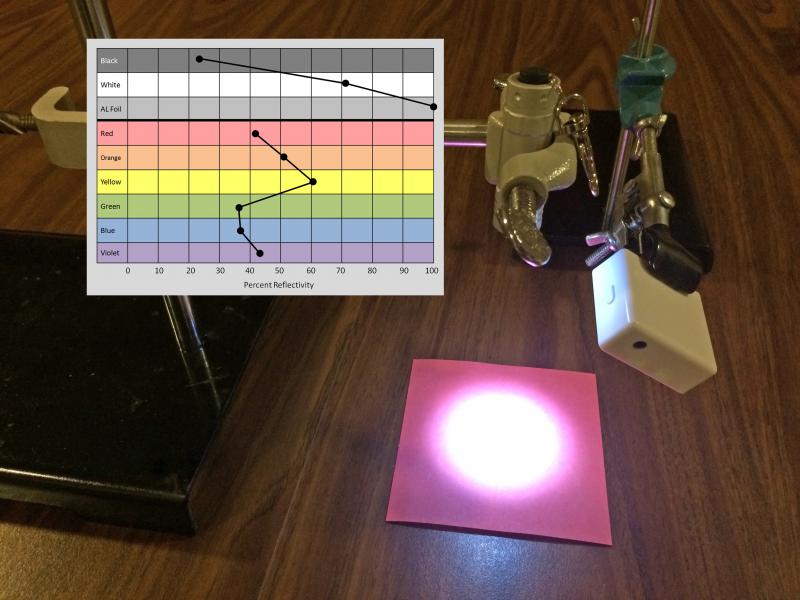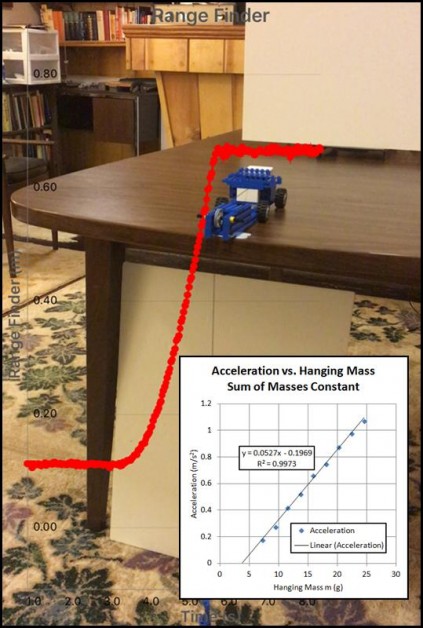Quick Science Experiments in 90 Seconds
PocketLab is jam-packed with sensors for hundreds of science experiments. It's easy to set up and get started, which allows for quick explorations into questions you're curious about.
Check out this video as an example. We did eight different science experiments in 90 seconds.
PocketLab begins streaming data with the touch of the button. No set-up means there are no steps between you and scientific discover!
Share Your PocketLab Ideas and Experiments
What are you investigating with PocketLab? Take a video or picture and share on Twitter or Instagram using #PocketLabIt
Full-Length Activities from the Video
1. Boyle's Law - This law states that the pressure and volume of an ideal gas are inversely proportional to one another provided that the temperature and amount of gas are kept constant within a closed system.
2. Color Reflectivity - A common experiment for studying the reflectivity of different colored surfaces makes use of colored construction paper, aluminum foil, a light source, and a light sensor.

3. Magnetic Field in a Slinky - With a PocketLab and an electric current running through a metal Slinky, this connection between electricity and magnetism can be observed
Magnetic Field on the Axis of a Current Loop - In this lesson students will find that a current-carrying loop can be regarded as a magnetic dipole, as it generates a magnetic field for points on its axis.
4. Properties of a Wave with Simple Harmonic Motion - Simple Harmonic Motion is a periodic or oscillating motion where the forces of the movement cause a particular motion to continually repeat.
Experiment to Determine the Relationship Between a Pendulum's Length and Period - PocketLab is a perfect device for determining the quantitative relationship between the length of a pendulum and its period of oscillation.
5. Friction on a Turntable - If the inertial force is greater than the force of friction, the object will slide off of the rotating turntable (following Newton’s First Law of Motion).
Acceleration is Proportional to the Square of the Velocity and Inversely Proportional to Radius - PocketLab is a perfect device for determining the quantitative relationship between the length of a pendulum and its period of oscillation.
6. Half-Atwood's Machine - A widely used experiment for studying Newton’s Second Law of Motion makes use of a Half-Atwood machine.

7. Crash Cushion Investigation- Using the available supplies, build a crash cushion that will reduce the force experienced by the cart as it crashes into the wall.
8. VelocityLab Investigation of Damped Harmonic Motion - This investigation shows how VelocityLab allows for a quick and easy demonstration of damped harmonic motion by measuring Position, Velocity, and Acceleration over time.

